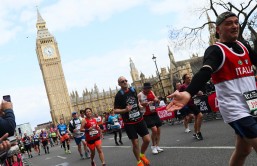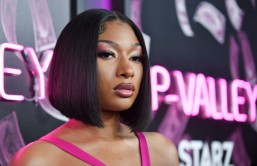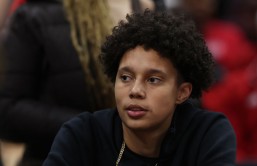
(Photo : Consumer Spending Defies Expectations with August Uptick)
There has been a distinct shortage of good news stories in recent weeks, so the discovery that consumer spending in the USA rose by 0.7 percent came as a welcome surprise to economists. Recent spikes in Delta variant cases and concerns of the efficiency of vaccines were widely expected to reduce consumer numbers in restaurants and shopping malls. To an extent, that has been the case, but other types of spending have continued undeterred.
Who are the big spenders?
Spending patterns have shown significant variability from state to state, with the usual suspects the most willing to put their hands in their pockets. Data from the US Bureau of Economic Analysis (BEA) showed California, Washington and New York to have seen the greatest percentage increase in spending, while Vermont, Illinois and Mississippi brought up the rear.
Mixed fortunes for retailers and service providers
While overall spending is on the up, there have been decidedly mixed fortunes across different sectors. Restaurants and bars have flat-lined at best, while online purchases saw a dramatic overall increase of more than five percent. More specialist areas have also seen a boom in August. For example, increased levels of vaccination have provided the necessary confidence for postponed weddings to be rescheduled.
Here, it is not just a case of wedding venues seeing an increase in bookings. There are all the peripheral aspects such as clothes and jewelry to add to the mix. While Vermont has seen the smallest increase in overall expenditure, couples here have been spending more on engagement rings than people in any other state. The average rock in Vermont has a price tag of $9,329, almost three times the amount people are spending in Wyoming.
There has also been the general boost to the economy provided by children returning to school after the summer break. The Commerce Department reported that department stores were among the few categories of physical retailers to see an increase in spending. For children in some states, this was their first return to the classroom in a year or more, so inevitably, there has been even greater demand than usual for school clothes and student supplies.
Looking ahead
Economists are optimistic that there will be further spending spikes ahead. Already, retailers are gearing up for Thanksgiving and Christmas, with expectations that families will be looking to make up for what was a low-key holiday season in 2020. Furthermore, data from the Labor Department suggests that unemployment figures have not just levelled off, they are starting to drop.
Sal Guatieri is a senior economist at BMO Capital Markets. In a recent press release, he commented that more people are managing to find jobs, and that many of those who remained in work throughout the pandemic had put extra aside. These two factors should point towards more confident consumer spending in the run up to Black Friday. After all that 2020 and 2021 have thrown as us, it could spell the Happy Holidays we all need.
* This is a contributed article and this content does not necessarily represent the views of hngn.com








